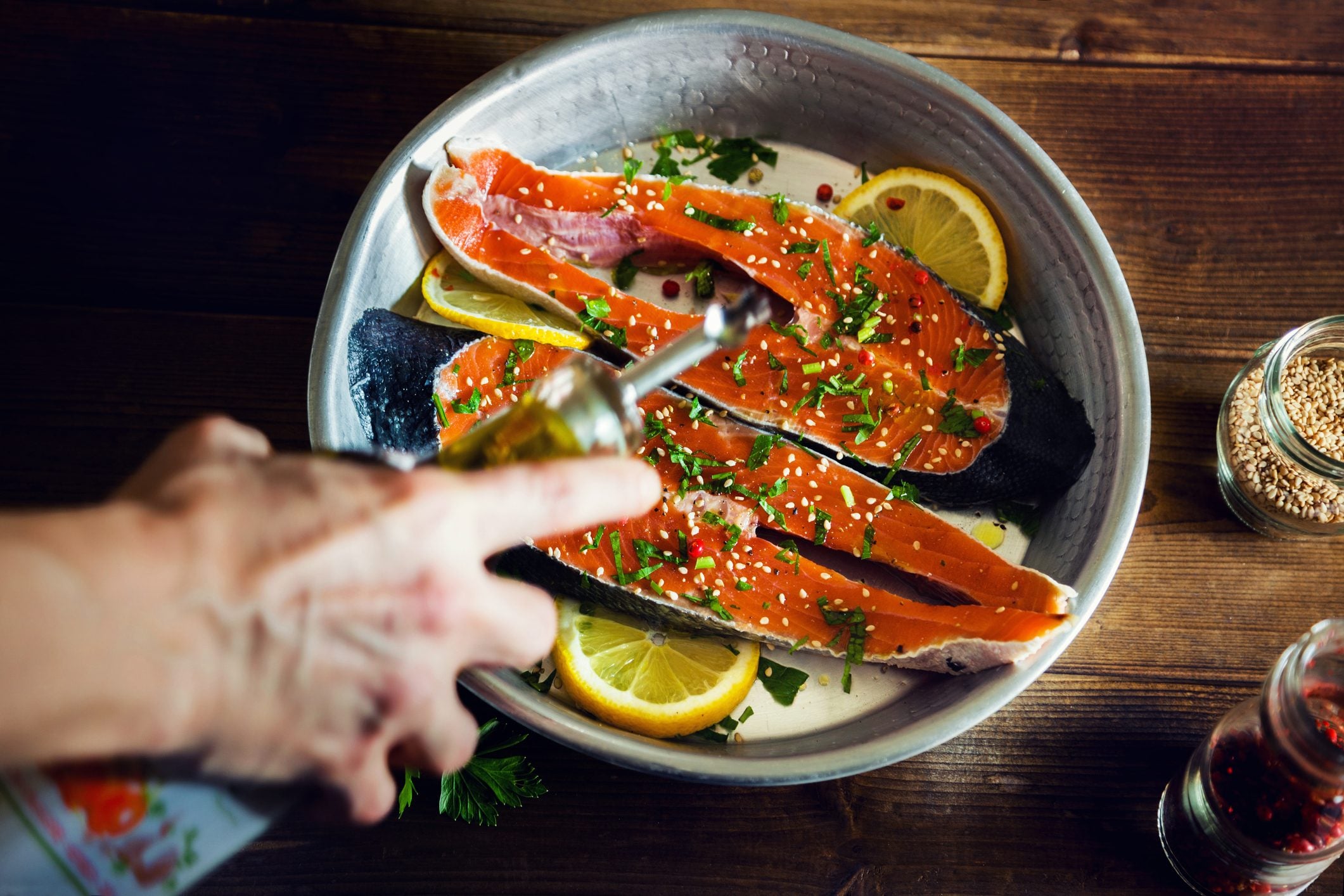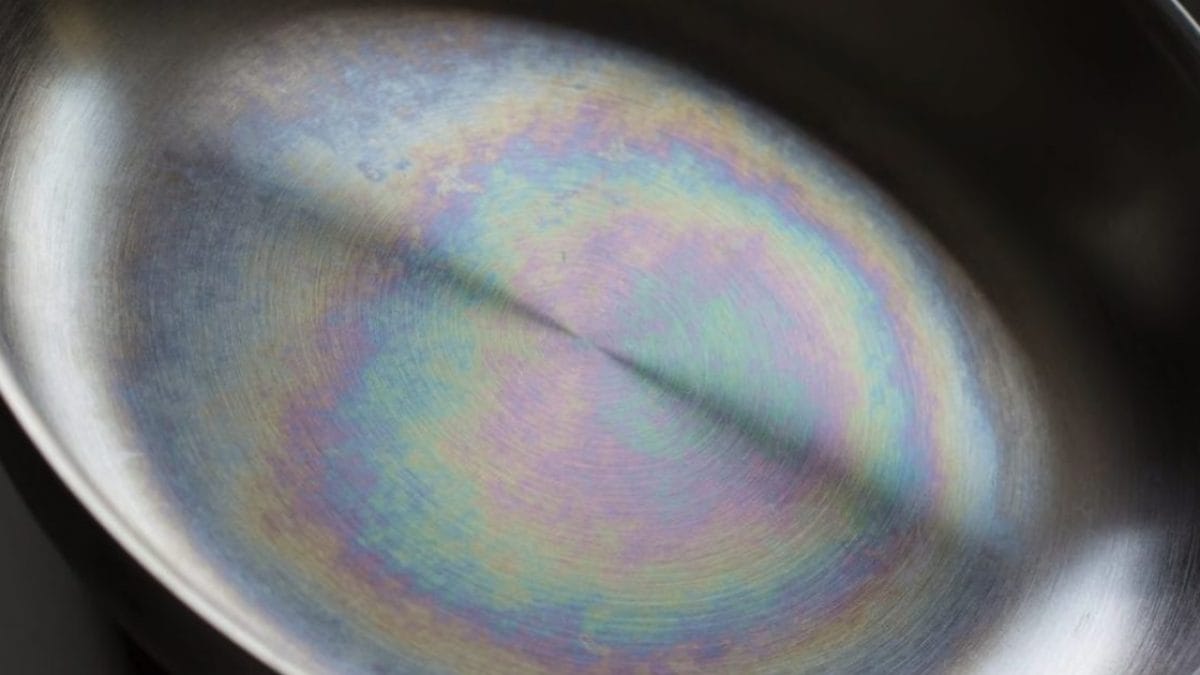Your Complete Guide to Non-Toxic Cookware: What You Should Know
Cookware is a covert contributor to various health defects, scientists have found. That’s why non-toxic cookware is essential in every home as they come without per- and poly-fluoroalkyl substances (PFAs). Keep reading to understand how to choose the best cookware for you and your loved ones.

One of the things people are worried about these days are PFAs, a.k.a. per- and poly-fluoroalkyl substances. They are also called "forever chemicals," and there is evidence they can cause a host of health and environmental problems. You're probably wondering what this has to do with food makings and the answer to that is a lot. Keep reading to learn more about ton-toxic cookware and which ones fall under such a category.
What Does Non-Toxic Cookware Mean?

Non-toxic cookware are those made without use of nonstick coatings, like PFAs. This means that the least toxic cookware are those that lack a coating. It takes some time to get used to non-stick cookware but your body will thank you later when you don't have to worry about health and environmental hazards.
Non-stick pans started proliferating the market in the 1940s. They came with coatings produced to resist grease, oil, and water. The chemicals responsible for this fall under the umbrella of PFAS and a subset of PFAS. They are polytetrafluoroethylene (PTFE) and (mperfluorooctanoic acid (PFOA), commonly referred to as Teflon.
New research has linked these chemicals to many health concerns especially in kids so the use of PFOAs has been phased out of production lines over the past decade, and the work is not nearly done.
These days brands will tell you their cookware is free of these chemicals, there are more coatings than just Teflon, so even if that new nonstick pan says that it’s PTFE- or PFOA-free, it may just contain another chemical from the PFAS family.
How to Choose the Best Cookware

When selecting cookware, it's crucial to opt for materials that are non-toxic and won't leach harmful substances into your food. Non-stick pans and coated cookware are popular but raise concerns about chemical exposure. To mitigate this risk, consider alternatives such as stainless steel, ceramic, glass, and cast iron. These materials offer durability and reliability without the potential for coatings to transfer into your meals.
Furthermore, you need to consider the materials’ reactivity. For instance, although aluminum is a common material used in cookware, it's worth noting its reactivity, especially with acidic foods like tomatoes or vinegar. This reactivity can cause the metal to leach into your food, which may not be ideal for your health. Therefore, it's best to avoid using aluminum cookware for dishes containing acidic ingredients to minimize potential health risks.
What is the Safest Cookware Material for Your Health?

When it comes to ensuring the safety of your cookware, glass and stainless steel emerge as the top contenders. These materials are prized for their non-reactive nature, making them ideal for everyday cooking without the worry of harmful chemicals seeping into your meals. With glass and stainless steel cookware, you can enjoy peace of mind knowing that your kitchen arsenal is free from potentially hazardous coatings.
Other nice alternatives include:
- Cast iron
- Enamel-coated cast
- Anodized aluminum
- Copper

Non-toxic cookware have an allure because they make cooking just a little less tedious but with what recent research has discovered they are not advisable to be used, especially for an extended period. This is because they are coated with compounds like Teflon which have been linked to terrible health defects and conditions. You're much safer going with glass or stainless steel or better yet copper.




